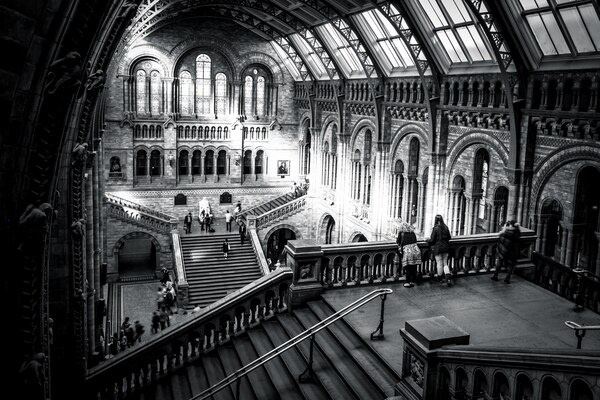Exploring the Evolution of Contemporary Art
Contemporary art is an ever-evolving field that reflects the complexities and diversities of the modern world. Its evolution is a testament to the ways in which artists engage with current events, personal experiences, technology, and social issues. Unlike traditional art forms, contemporary art lacks a singular defining characteristic or style, making it a rich tapestry of innovation, experimentation, and diverse viewpoints. In this article, we explore the development of contemporary art and the factors influencing its transformation.
The Roots and Rise of Contemporary Art
The inception of contemporary art can be traced back to the late 20th century, following the aftermath of World War II. This period marked a departure from the conventions of modern art, as artists began to question the established norms and experiment with new techniques and materials. The rise of contemporary art was also fueled by the global socio-political changes and technological advancements that characterized the late 20th century.

Influences and Innovations
One of the defining features of contemporary art is its global nature. Artists from all over the world contribute to the conversation, drawing from a plethora of cultural backgrounds and experiences. This international dialogue has brought diverse perspectives into the fold, challenging traditional narratives and expanding the boundaries of what art can be.
Technological advancements have played a pivotal role in the evolution of contemporary art. The digital revolution has introduced new mediums and platforms, allowing artists to explore digital art forms such as video, cyber art, and virtual installations. Technology has not only changed the way art is created and consumed but also how it is distributed and experienced, making art more accessible to a global audience.
Social and Political Commentary
Contemporary art often serves as a mirror to society, offering commentary on pressing social and political issues. Many artists utilize their work to address themes such as identity, gender, race, and human rights, encouraging viewers to reflect on these critical issues. The rise of social media has further amplified these messages, providing artists with a platform to reach a wider audience and fostering dialogue around these essential topics.
Environmental and Ecological Concerns
In recent years, environmental issues have become a focal point within contemporary art. Artists are increasingly addressing ecological concerns, using their work to highlight the impact of human activity on the planet. Through installations, sculptures, and interactive projects, contemporary artists raise awareness and advocate for environmental sustainability.
The Role of Art Institutions
Art institutions play a significant role in the evolution of contemporary art. Museums, galleries, and art fairs serve as platforms for artists to showcase their work and engage with audiences. These institutions also help to define the art narrative, curating exhibits that influence public perception and understanding of contemporary art.
The Future of Contemporary Art
The future of contemporary art is inexorably linked to the continual changes in society, technology, and culture. As new generations of artists emerge, they will bring fresh perspectives and new approaches, ensuring that contemporary art remains a vibrant and dynamic field. The integration of technology, globalization, and social issues will continue to inform the practice of contemporary artists, keeping art relevant and responsive to the times.
In conclusion, contemporary art is a reflection of the changing world, characterized by its diversity, innovation, and engagement with pressing issues. As we move forward, it will undoubtedly continue to evolve, offering new ways to understand and interpret the complexities of human experience.